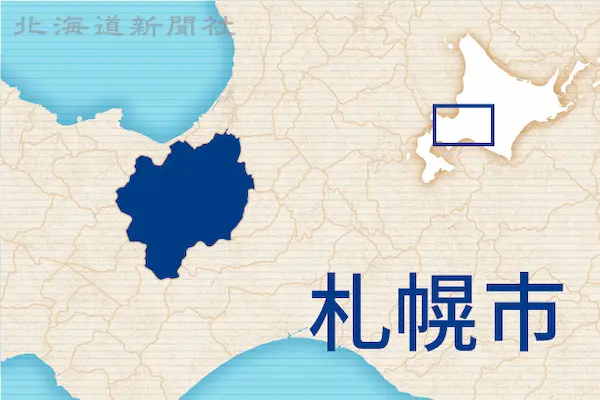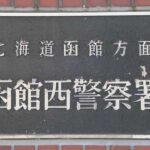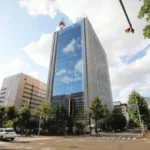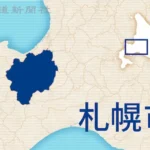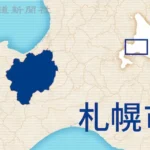Based on the resident registration population as of January 1st, announced by the Ministry of Internal Affairs and Communications on the 6th, a trial calculation of the “vote disparity” in single-member constituencies for the House of Representatives was conducted. The results showed that out of 289 constituencies, 12 nationwide—including Hokkaido’s 2nd district (parts of Sapporo’s Higashi and Kita wards) and 3rd district (parts of Sapporo’s Toyohira, Kiyota, and Shiroishi wards)—exceeded the 2-fold threshold often considered a benchmark for unconstitutional disparity. The maximum disparity was 2.103 times.
Hokkaido’s 2nd district
Hokkaido’s 2nd District is an electoral district in Japan’s northernmost prefecture, Hokkaido, encompassing parts of Sapporo, the capital city, and surrounding areas. Established as part of Japan’s electoral reforms, it has been a significant political region, often reflecting Hokkaido’s unique economic and cultural dynamics. The district’s history is tied to Hokkaido’s development since the Meiji era, when the government promoted settlement and industrialization in the region.
Sapporo’s Higashi ward
Sapporo’s Higashi Ward is a vibrant district in eastern Sapporo, Hokkaido, known for its mix of urban life and natural beauty. Historically, it developed as a residential and industrial area, with landmarks like the Sapporo Factory (a former brewery turned shopping complex) reflecting its industrial past. Today, it offers attractions such as Nakajima Park and the Hoheikan (a historic Meiji-era guesthouse), blending history with modern culture.
Sapporo’s Kita ward
Sapporo’s Kita Ward (北区) is a vibrant district in northern Sapporo, Hokkaido, known for its mix of urban development and natural beauty. Historically, it was developed as part of Sapporo’s expansion in the late 19th and early 20th centuries, with landmarks like the Hokkaido University Botanical Garden showcasing its academic and cultural heritage. Today, it features bustling shopping areas like Sapporo Station, as well as scenic spots such as Nakajima Park, blending modernity with green spaces.
Hokkaido’s 3rd district
Hokkaido’s 3rd District is a single-member electoral district in Japan’s House of Representatives, covering parts of central Hokkaido, including areas like Asahikawa, the island’s second-largest city. Established in 1994 as part of electoral reforms, it has been a competitive district, often swinging between the Liberal Democratic Party (LDP) and opposition candidates. The region is known for its agriculture, winter tourism, and the iconic Asahiyama Zoo.
Sapporo’s Toyohira ward
Sapporo’s Toyohira Ward is a residential and commercial area in southeastern Sapporo, Hokkaido, known for its natural beauty, including the Toyohira River and nearby parks like Nakajima Park. Historically, the ward developed as a suburban area in the 20th century, with growth fueled by its proximity to central Sapporo and access to outdoor recreation. Today, it offers a mix of urban convenience and scenic landscapes, including hot springs and hiking trails.
Sapporo’s Kiyota ward
Sapporo’s Kiyota Ward is a residential and green area in the southeastern part of the city, known for its peaceful atmosphere and natural surroundings. Historically, it developed as a suburban region and is home to attractions like the Sapporo Salmon Museum, which highlights the area’s connection to salmon conservation. The ward also features parks and recreational spaces, making it a pleasant escape from the urban center.
Sapporo’s Shiroishi ward
Sapporo’s Shiroishi Ward is a residential and commercial district known for its blend of urban convenience and natural beauty, featuring attractions like the Shiroishi Koen Park. Historically, it developed as a key transportation hub with the opening of the Shiroishi Station in the early 20th century. The area also preserves cultural heritage, including the historic Shiroishi Shrine, which dates back over a century.

